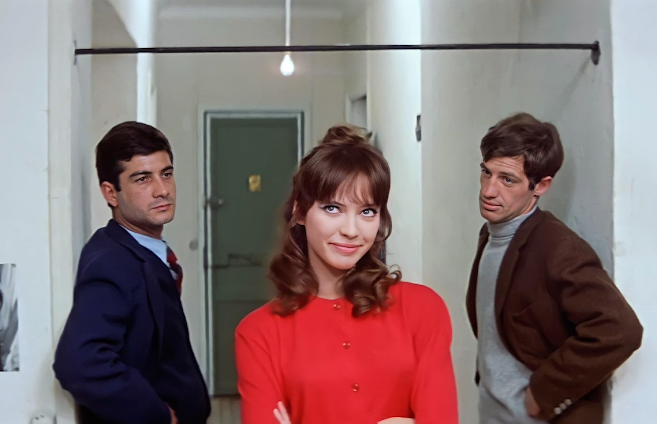Title: Masculin Feminin
Year: 1966
Director: Jean Luc Godard
Country; France
Language: French
The French New waved freed Cinema from the grip of the studio system. Using a low budget, shooting on-location, with amateur actors gave films like Truffaut's The 400 Blows (1959) & Masculin Feminin (1966) a cinema verite docutmentary feel. These auteurs made filmmaking feel accessible and gave influenced how modern movies are made.
Paul (Jean Pierre Leaud) is young, just demobbed from national service in the French Army, and disillusioned with civilian life. As his girlfriend (Chantal Goya) builds herself a career as a pop singer, Paul becomes more isolated from his friends and peers.
The presentation of Masculin Feminin is familiar; Godard using jump cuts, tracking shots and dialogue heavy scenes to establish a relationship between the audience and his characters. He asks us to analyze their choices and make our on judgements on their ethics. It's a film you'll be thinking about after the credits roll.












































